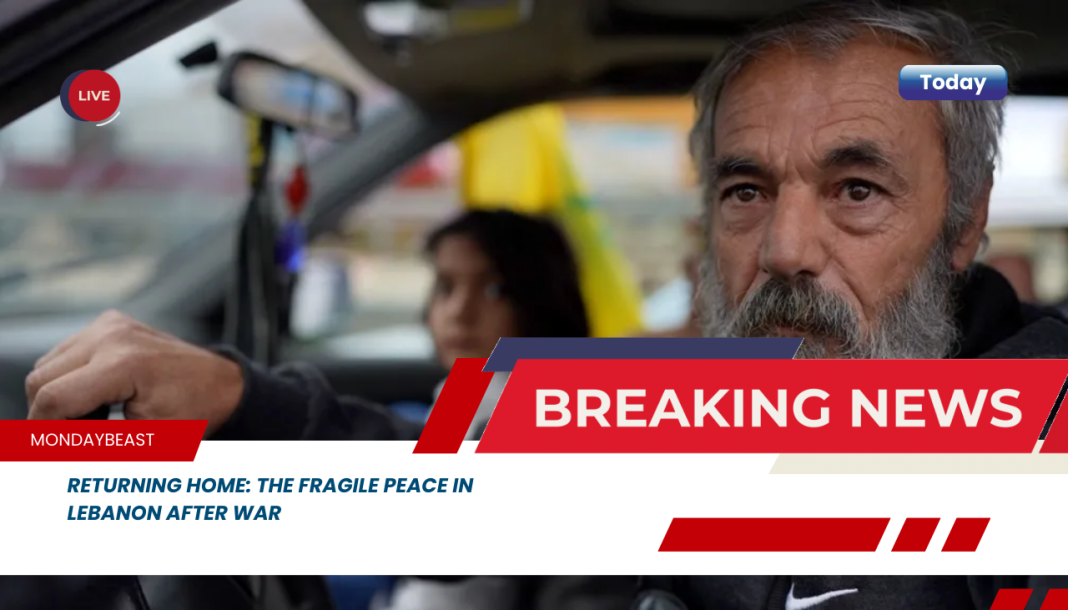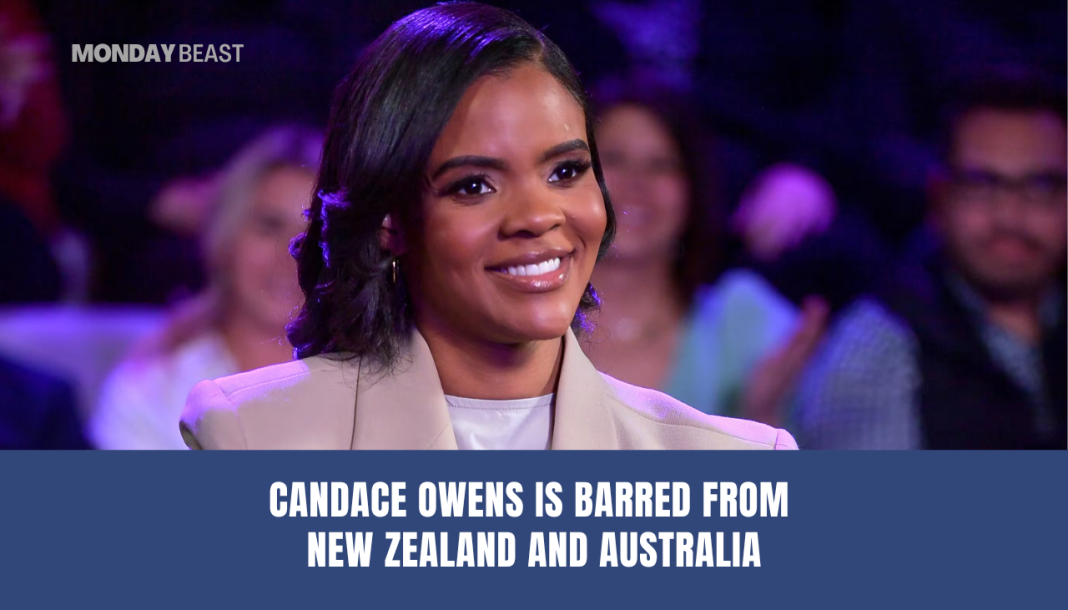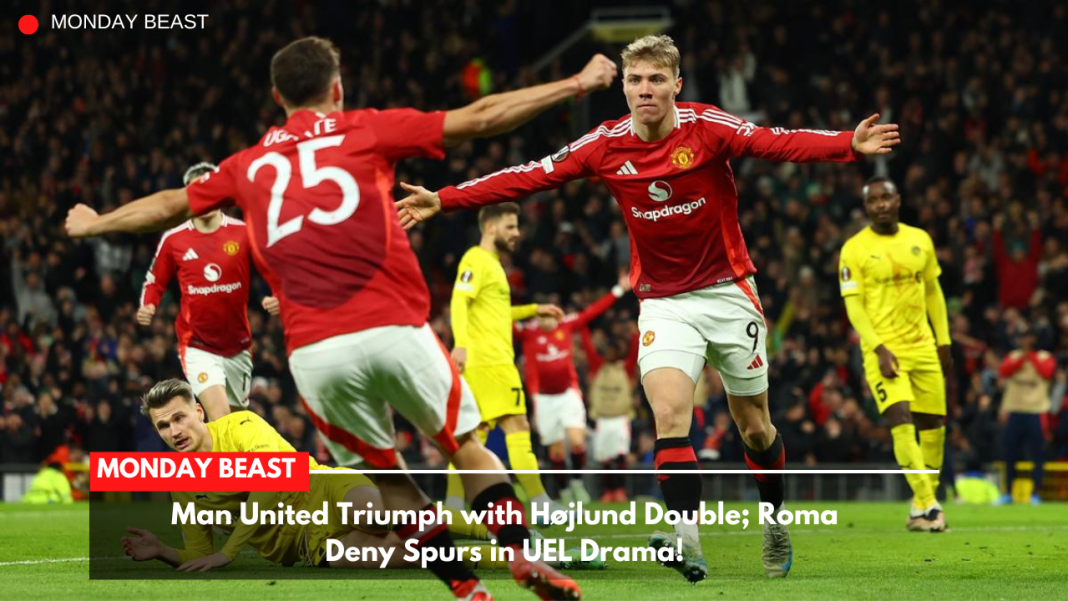Returning Home
In the early hours of dawn, families in Lebanon hurriedly packed what they could. Clothes, blankets, and mattresses were crammed into cars. The war had forced them to flee. Now, they rushed back to their homes.
The ceasefire between Israel and Hezbollah had just taken effect. Many displaced families didn’t wait to see if it would hold. Hours later, they drove back, hopeful yet anxious. Some waved Hezbollah’s yellow and green flags, while others clutched posters of Hassan Nasrallah, a leader lost to an Israeli airstrike two months ago.
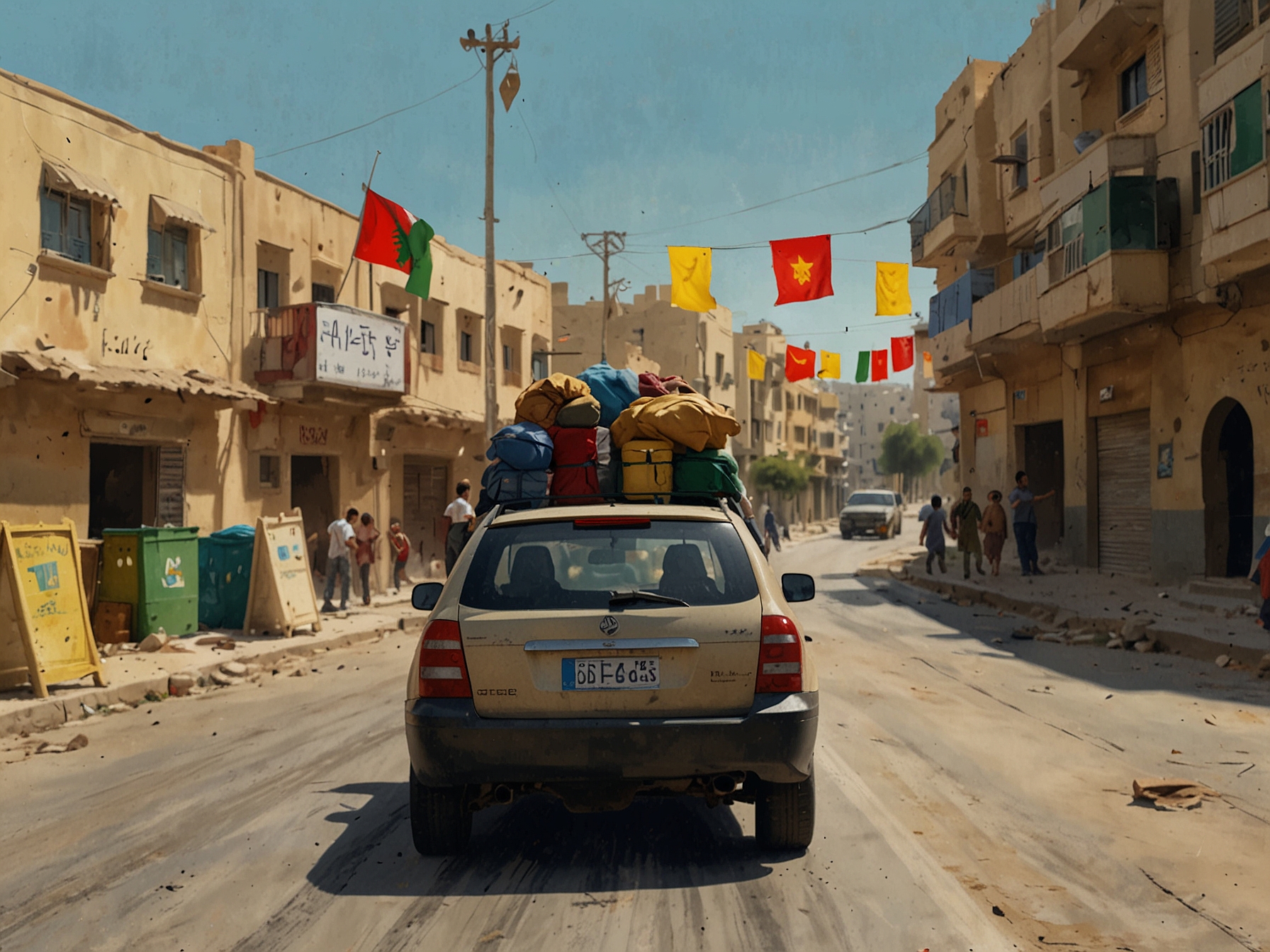
This moment, for them, felt like a celebration. Abu Ali, a joyful father, declared, “What happened is very good. This is a victory for the resistance.” He spoke about the ceasefire brokered by the United States and France. The air felt lighter, yet it was heavy with unresolved fears.
Journey to Unknown Destinations
As cars lined the main road back to southern Lebanon, mixed emotions filled the air. These drivers wanted to return to normalcy, but uncertainty loomed. For many families, the condition of their homes was unknown. Abu Ali planned to reach Houla, his village by the border. Despite the Israeli presence, he felt determined to go.
“We don’t know if our house is still standing,” Ali said. His voice carried both worry and hope. “But we’ll go there.” This simple statement encapsulated the essence of resilience amidst chaos.
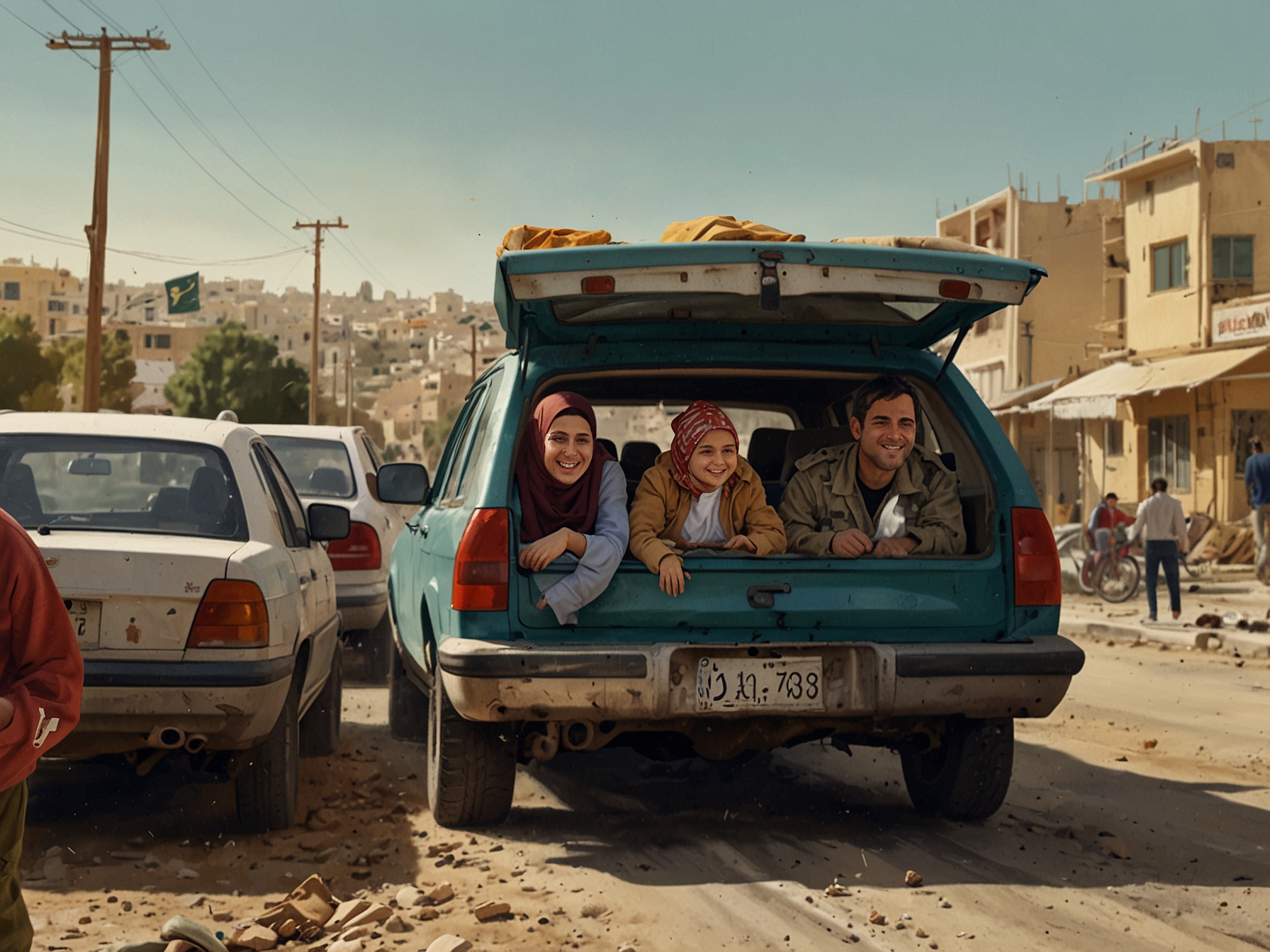
The 60-day ceasefire aimed for a gradual withdrawal of troops. Israeli forces and Hezbollah fighters would eventually retreat, bringing hope for lasting peace. Indeed, the Lebanese army announced plans to strengthen its presence with an additional 5,000 soldiers. Yet, both sides remained on high alert.
A Glimpse of Hope?
For Lebanon, this hope comes after a year of relentless conflict. It intensified in September, with widespread airstrikes and high-profile assassinations. The violence left over a million people displaced, mainly from southern Shia areas. These are areas heavily influenced by Hezbollah.
Despite warnings, families began their return. Fatma Balhas, heading to Seddiqine, reflected, “It doesn’t matter if the house is still intact. What counts is our return, thanks to the blood of our martyr Nasrallah.” Her words echoed a loyalty that transcended mere survival. Her hope was interwoven with the narratives of loss and resilience.
Military Checkpoints and UN Observations
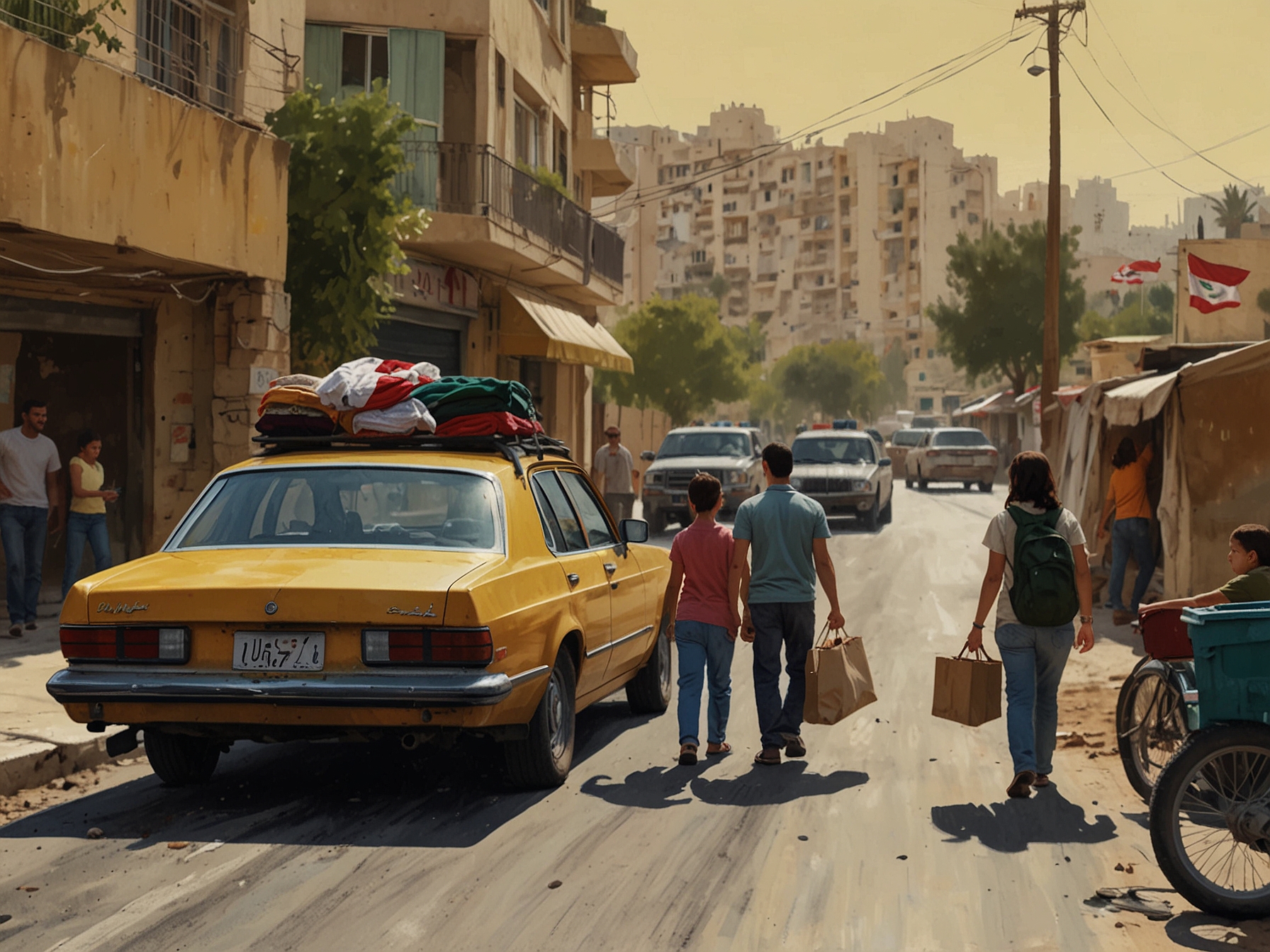
Near Sidon, tension mixed with anticipation. Soldiers managed traffic as families sought their homes. They handed out leaflets cautioning against unexploded ordnance. “Don’t touch it, report it immediately,” the leaflets urged, a stark reminder of the dangers post-conflict.
As dusk approached, the truce seemed to withstand the pressure. UN chief Antonio Guterres called this time a “ray of hope” amid darkness. But the scar of war remains, a constant reminder of the fragility of peace. Recovery for Lebanon will be lengthy and complicated.
What Lies Ahead for Lebanon?
Still, the future of Hezbollah raises questions. The group has lost some power but retains significant support. For many, it continues to symbolize resistance and national pride. Yet, the scars of conflict span generations. Families are left to grapple with daunting truths.
The reality of this situation is complex, and the repercussions ripple far. With optimism choked by uncertainty, many wonder: How can Lebanon heal?
As the families move back, the atmosphere ripples with both joy and trepidation. The war’s aftermath has forged bonds that run deep. Yet, how these will play out amidst ongoing tensions remains uncertain.
In conclusion, Lebanon stands at a crossroads. The road ahead is fraught with challenges. Yet, within this complexity lies a yearning for home, peace, and especially hope. The journey back is just the beginning, and everyone watches closely.

